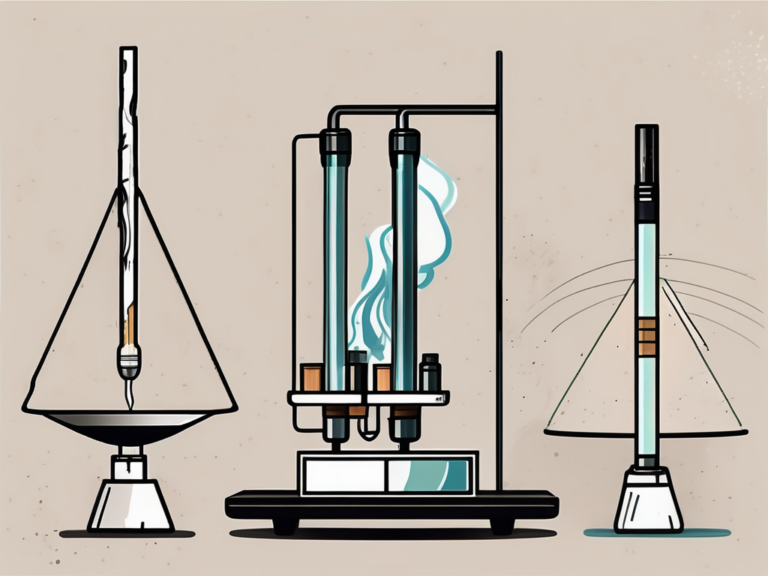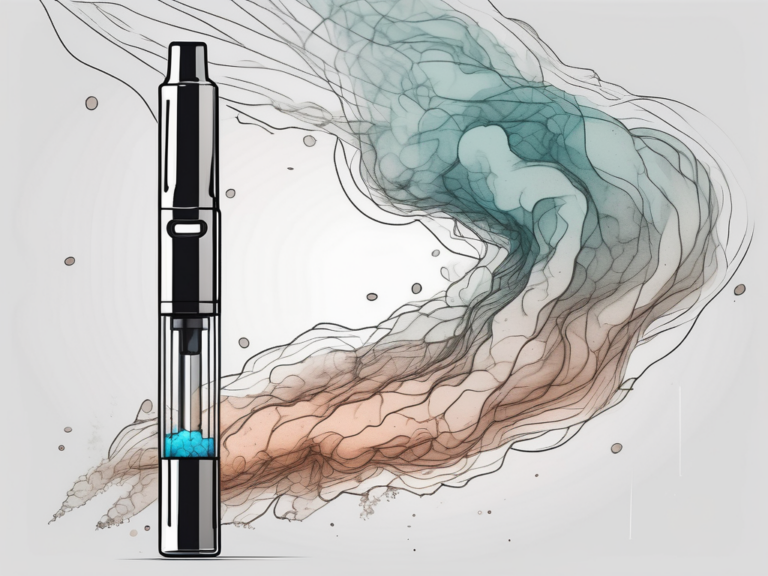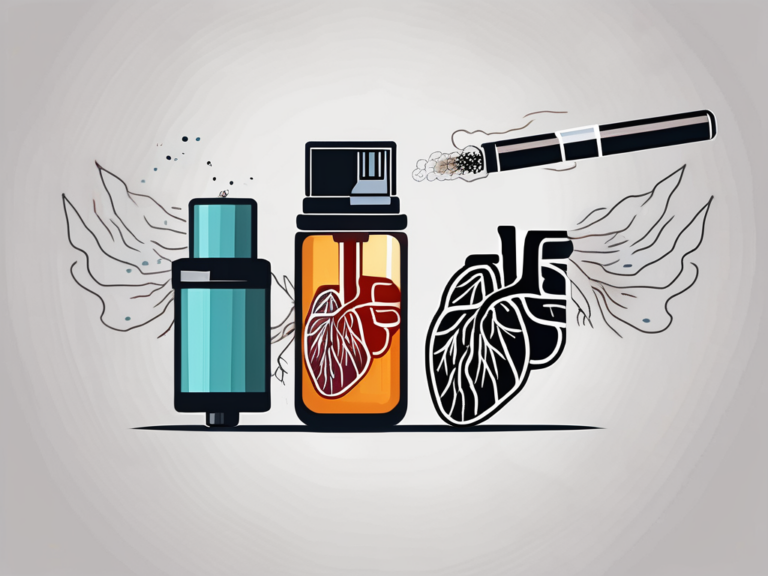how are disposable vapes made
Disposable vapes have become increasingly popular in recent years, offering a convenient and discreet way to enjoy vaping without the need for maintenance or refilling. Understanding how these devices are made can provide valuable insights into their composition, manufacturing process, and environmental impact. In this article, we will delve into the fascinating world of disposable vapes, exploring the basics of vaping, the manufacturing process, the science behind vaping, the environmental considerations, and the potential health implications. So, let’s take a closer look at how disposable vapes are made.
Understanding the Basics of Vaping
Vaping is the act of inhaling and exhaling a vapor produced by an electronic device commonly known as an e-cigarette or vape pen. These devices work by heating a liquid, known as e-juice or vape juice, which typically contains nicotine, flavorings, and other chemicals. When the e-juice is heated, it vaporizes and is then inhaled by the user.
One interesting aspect of vaping is the wide variety of e-juice flavors available on the market. From fruity flavors like strawberry and mango to dessert-inspired options like vanilla custard and caramel, vapers have a plethora of choices to suit their taste preferences. This variety adds to the appeal of vaping for many users, allowing them to customize their experience and explore new and exciting flavors.
The Components of a Disposable Vape
A disposable vape consists of several key components that work together to deliver a satisfying vaping experience. These components include a battery, an atomizer, a heating element, and a pre-filled e-liquid cartridge.
Additionally, some disposable vapes come equipped with features like adjustable airflow control, which allows users to customize the airflow to their liking. This feature can impact the intensity of the vapor and the overall vaping experience, giving users more control over how they vape.
The Role of Nicotine in Vaping
Nicotine is a highly addictive substance found in most disposable vape e-liquids. It is a stimulant that can provide a pleasurable sensation for users. However, it’s important to note that while nicotine is addictive, it is not the primary cause of the negative health effects associated with smoking.
It’s worth mentioning that some vapers choose to use nicotine-free e-liquids, allowing them to enjoy the act of vaping without the addictive properties of nicotine. This option provides a way for individuals to still partake in vaping culture and community without the potential risks associated with nicotine consumption.
The Manufacturing Process of Disposable Vapes
The manufacturing process of disposable vapes involves several stages, starting from material selection and preparation to assembly and quality control.
Material Selection and Preparation
The materials used in disposable vapes are carefully chosen to ensure safety, durability, and optimal performance. The main components, such as the battery, atomizer, and e-liquid cartridge, are typically made from high-quality materials like stainless steel, ceramic, and food-grade plastics.
Assembly and Quality Control
Once the materials are prepared, the components are assembled using advanced machinery and techniques. Each step of the assembly process is carefully monitored and checked for quality control to ensure that the final product meets the highest standards.
Quality control in the manufacturing of disposable vapes is a crucial step to guarantee the safety and performance of the end product. During the assembly process, specialized equipment is used to test the functionality of each component, such as the battery capacity and atomizer resistance. Any deviations from the set standards are immediately addressed to maintain consistency in product quality.
Furthermore, before packaging, disposable vapes undergo rigorous testing procedures to ensure they meet regulatory requirements and industry standards. These tests may include checks for leakage, proper airflow, and overall device performance. Only after passing these stringent tests are the disposable vapes deemed ready for distribution to consumers.
The Science Behind Vaping
Understanding the science behind vaping can help us grasp how the process works and the chemicals involved.
How Vaping Works
When the user inhales from a disposable vape, the battery powers the device, activating the heating element that vaporizes the e-liquid. The vapor is then inhaled and exhaled, providing the user with the desired sensation.
Vaping devices come in various shapes and sizes, from sleek pens to larger box mods. These devices are designed to deliver a consistent vaping experience by controlling factors such as temperature, airflow, and wattage. Some advanced devices even allow users to customize their vaping experience by adjusting these settings.
The Chemicals Involved in Vaping
Vaping e-liquids contain a variety of chemicals, including nicotine, propylene glycol, vegetable glycerin, and flavorings. While these chemicals are generally recognized as safe for consumption, it is important to note that the long-term health effects of vaping are still being researched.
Nicotine, a highly addictive stimulant found in tobacco, is a key component of many e-liquids. It is responsible for the satisfying throat hit that smokers and vapers crave. Propylene glycol and vegetable glycerin are used to create the base of the e-liquid and produce the vapor when heated. Flavorings, ranging from fruity to dessert-inspired, add a personalized touch to the vaping experience.
The Environmental Impact of Disposable Vapes
Disposable vapes have raised concerns about their environmental impact due to the waste and pollution they generate.
Waste and Pollution Concerns
Disposable vapes contribute to the growing issue of electronic waste as they are not designed for long-term use and are frequently discarded after a single use. Additionally, the improper disposal of these devices can lead to pollution of land and water resources.
Potential Solutions and Alternatives
To mitigate the environmental impact of disposable vapes, it is crucial to explore and promote sustainable alternatives. These include the use of refillable vape devices, recycling programs, and the responsible disposal of e-waste.
Furthermore, the production of disposable vapes involves the extraction and processing of materials such as plastic, metal, and lithium batteries, all of which have significant environmental footprints. The extraction of these resources can lead to habitat destruction, water pollution, and greenhouse gas emissions.
One innovative solution gaining traction in the vaping industry is the development of biodegradable vape products. These products are designed to break down naturally over time, reducing the long-term environmental impact associated with traditional disposable vapes.
Health Implications of Vaping
While vaping is often considered a safer alternative to smoking, it is not without potential health risks.
Short-term Effects of Vaping
Short-term effects of vaping may include throat and mouth irritation, coughing, and increased heart rate. It’s important to note that these effects are generally less severe than the immediate health risks associated with traditional smoking.
Long-term Effects of Vaping
The long-term effects of vaping are still being studied, and it is currently unclear how they compare to the long-term health risks associated with smoking. However, emerging evidence suggests potential risks to lung health and cardiovascular function.
It is crucial to consider the impact of vaping not only on individual health but also on the environment. The disposal of vaping devices, especially disposable vapes, raises concerns about electronic waste and its contribution to pollution. Proper recycling and disposal methods are essential to mitigate these environmental consequences.
Furthermore, the vaping industry is constantly evolving, with new products and technologies entering the market. This rapid innovation poses challenges for regulators and public health officials in ensuring product safety and preventing underage use. Education and regulation play a vital role in addressing these challenges and promoting responsible vaping practices.






